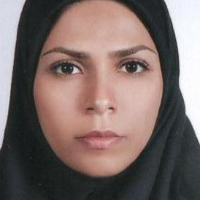Temporal and Spatial Parameters in Interpersonal Coordination of Jumping Rope Elite Boys
Coordination depends on online performance, and online feedback supports the successful coordination of individuals in joint implementations.
A specific purpose for the research was investigating temporal and spatial parameters in interpersonal coordination.
An applied research was done as a single-stage case study with 14 jumping rope elite boys (13-18 years). The subjects practiced the jumping rope tasks for 8 months so that they could do them properly and without online feedback. This study used a Vicon motion analysis device with six infrared cameras capable to record three-dimensional movements of the legs and rope whirling.
The results of one-way ANOVA showed that with enough practice, even in the absence of feedback, landing position (spatial parameter) and hand-foot time deviation, timing variation in rope whirling, and landing time (temporal parameter) of joint groups will reach an equal level while a significant difference was observed in jump height (spatial parameter) and movement time (temporal parameter) between individuals (P≤0.05).
So, increasing task difficulty, amount and sustainability of inter-personal coordination will increase. Increasing joint task demands, amount and sustainability of interpersonal coordination will increase, and joining individualchr('39')s power will be changed according to individual and joint tasks constraints.
-
Associations between Smartphone Usage with Upper-Body Abnormalities, Obesity, Mental Wellbeing and Physical Fitness of High-School Male Students
, Sheida Ranjbari *, Hassan Shafaei, Saeed Ghorbani
International Journal of School Health, Winter 2025 -
The Role of Locus Control and Teacher's Emotional Support in Students' Sports Participation Motivation
, Sheida Ranjbari *, Sedigheh Khajeaflatoon Mofrad, Sholeh Khodadad Kashi
Journal of Sports Psychology,



